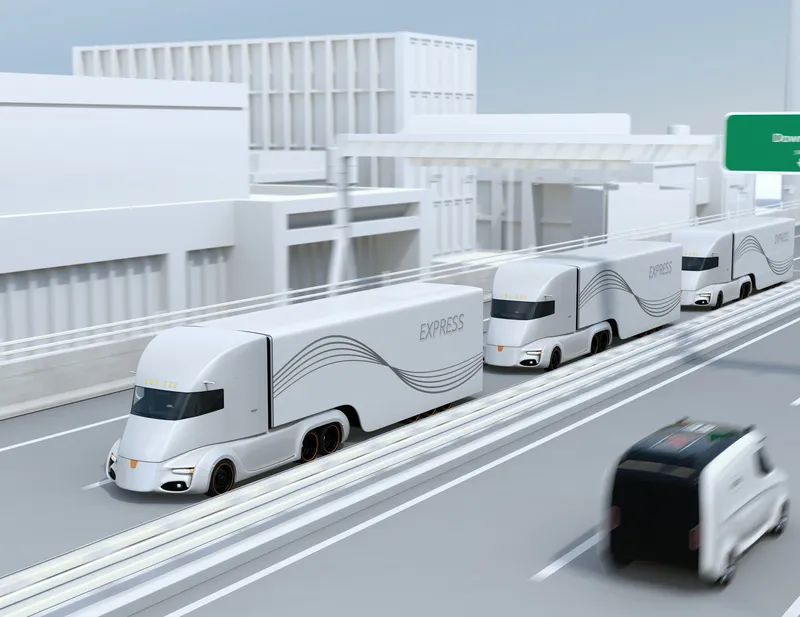The Dynniq CrossCycle is an app that provides extra services to cyclists. Cyclists approaching a traffic light are detected earlier than at the stop bar, when they would be able to push the button. It means an individual cyclist has a higher chance of getting green while groups of cyclists will get priority as a whole.
Meanwhile, the Dynniq CrossWalk app helps the elderly or people with a handicap to cross the road safely by turning the light green for longer. This innovative technology based on GPS localisation makes it possible to align the duration of the green pedestrian traffic light with individual needs. The light remains green for longer depending on the degree of reduced mobility.
At the Smart Mobility Theatres, Dynniq and WPS, a Dynniq company, will hold six engaging talks/workshops, dates and times of which will be published later. Topics include Parking as a Service (PaaS) – keep up the pace of changing consumer behavior, by WPS; C-ITS deployment in Europe (in cooperation with MAPTm and Blervaque Sprl); The Flow Experience Showcase Aurora: safe and secure automated transport in all conditions (in cooperation with Finnish Transport Agency); Smart cities link available data on emission to smart mobility ; GreenFlow: the potential of connected trucks; and The Flow Experience Workshop: parking and energy solutions for cities and municipalities by WPS.










